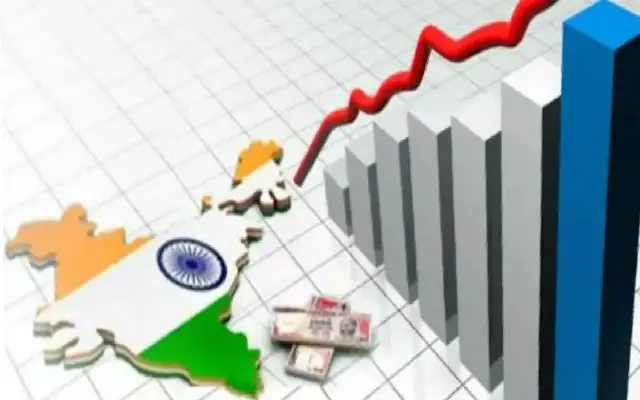India’s economic landscape is witnessing a remarkable transformation, propelled by the rapid expansion of its middle class. With the world’s fastest-growing large economy, India’s middle class is estimated to be between 400-500 million people, supported by a surge in car ownership, reaching approximately 40 million registered users. This demographic, characterized by its youthfulness, is reshaping the country’s economic and political dynamics.
Unlike China, which has thrived on manufacturing exports, India’s growth is driven by a service revolution, particularly in the IT outsourcing industry. Technological advancements, including Internet access and cloud computing, have propelled India’s middle class into the global technology forefront, attracting major firms like Apple, Microsoft, and Meta, whose revenue growth rates in India outpace global averages.
India’s middle class growth is not confined to urban areas but extends to rural regions, leading to more inclusive development. This spatial dispersion has improved resource allocation, reducing disparities between urban and rural areas, and fostering growth in previously lagging regions like Uttar Pradesh and West Bengal.
The rise of India’s middle class has historical roots, dating back to the 19th century under British colonial rule when it played a pivotal role in the country’s struggle for independence. Today, it is poised to wield significant political influence, challenging traditional social and political affiliations, and promoting liberal and egalitarian values.
However, concerns loom over the possibility of India falling into the middle-income trap, akin to experiences in East Asia. The risk arises from a lack of innovation capabilities to transition to higher-value goods or services, potentially stalling future growth.
To avoid this trap, India must accelerate structural reforms to enhance productivity and prioritize education and innovation-focused growth strategies. Drawing lessons from South Korea, which successfully avoided the middle-income trap, India can leverage its demographic dividend by investing in education and skills development, particularly higher education.
The middle class’s growing consciousness of quality of life and environmental concerns is reshaping political discourse. Pressure groups of middle-class voters are advocating for policies addressing air and water pollution and promoting sustainable development. As a result, future elections in India may pivot on issues related to quality of life, environmental sustainability, and the establishment of robust institutions for long-term economic and social development.
In conclusion, India’s burgeoning middle class is driving economic growth and reshaping the country’s political landscape. While the prospect of a middle-income trap poses challenges, India has the potential to overcome it through structural reforms, education, and innovation. By harnessing its demographic dividend and addressing key societal concerns, India can sustain its growth trajectory and emerge as a global economic powerhouse while fostering a more inclusive and sustainable future for its citizens.

















